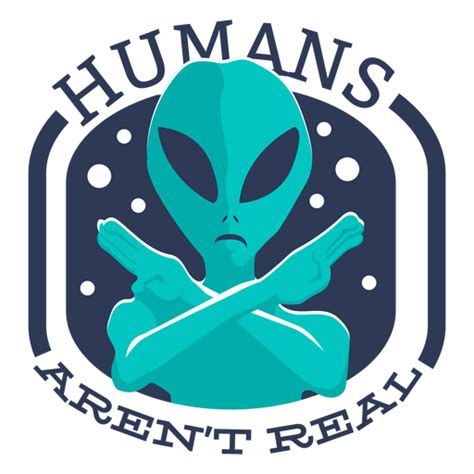AI is shedding new light on the 12,000-year conversation between cats and their humans, suggesting that house cats wield a far richer vocabulary than once thought
Any individual meow belongs, academically speaking, to a broad “meow” category, which itself contains many variations. The house cat’s verbal repertoire is far greater than that of its largely silent wild cousins. Researchers have even begun to study whether cats can drift into regional dialects, the way human accents bend along the Hudson or the Thames. And just as humans gesticulate, shrug, frown and raise their eyebrows, cats’ fur and whiskers write subtitles: a twitching tail declares excitement, flattened ears signal fear, and a slow blink promises peace. Felis catus is a chatty species that, over thousands of years of domestication, has pivoted its voice toward the peculiar primate that opens the fridge.
The mutual story of humans and cats is thought to have begun 12,000 years ago—when wildcats hunted rodents in the first grain stores of Neolithic farming villages in the Fertile Crescent—so there has been time for us to adapt to each other. By at least 7500 B.C.E., in Cyprus (an island with no native felines), a human had been interred with a cat. Later the Egyptians revered them; traders, sailors and eventually Vikings carried them around the world on ships; and now scientists have adapted humans’ most sophisticated technology to try to comprehend their inner lives. But perhaps cats have been coaching us all along, and maybe they’ll judge our software with the same cool indifference they reserve for new toys. Speech, after all, isn’t merely a label but a negotiated meaning—and cats, as masters of ambiguity, may prefer a little mystery.



Is it not a WTB (Wind Turbine Base)?
I seen a peanut stand, heard a rubber band
I seen a needle that winked its eye
But I be done seen about everything
When I see a turbine base fly
But who knows, I suppose this all depends on the size of the turbine that gets bolted on to it, stranger things have happened at sea!